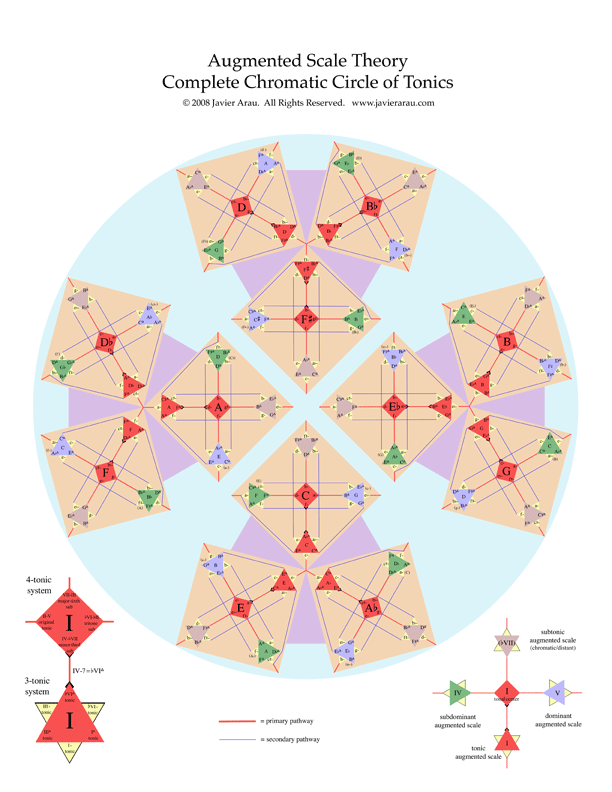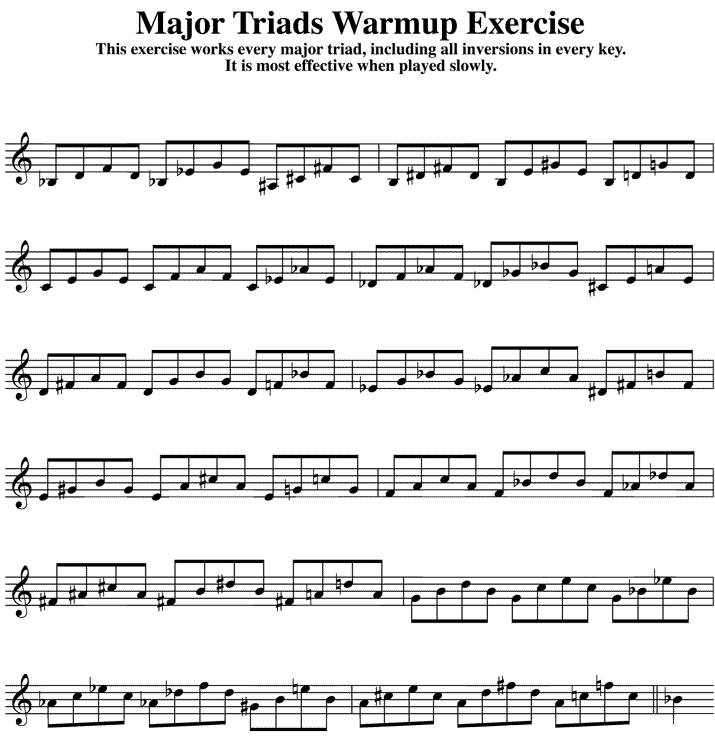A HERO’S LIGHT
composed by Javier Arau
9/11/2001
One place, they all go.
Which place, I want to know.
Darkness unfolding, moonlight now glowing,
And through the haze I cannot see you.
That very day you told me you were coming home,
Something took you and it left me so alone.
That very day you left me, I woke with a fright,
As I had sensed the glow fade from a hero’s light.
Lightness opens its doors
As it pours from the shore.
All around us, warmth’s abundance.
Let’s bring each other in from night’s cold.
Sunshine, solace, Where can I find you?
Together we can make it through.
Springtime, comfort, we must remember.
Heroes’ lights will burn forever more.
Something you once told me on a winter’s eve:
"I will always be here. That you must believe.
So don’t you cry. So you need never say
Goodbye."
[Interlude]
Sunshine, solace, Where can I find you?
Together we can make it through.
Springtime, comfort, we must remember.
Heroes’ lights will burn forever more.
Something you once told me on a winter’s eve:
"I will always be here. That you must believe.
So don’t you cry. So you need never say
Goodbye, goodbye, goodbye."












